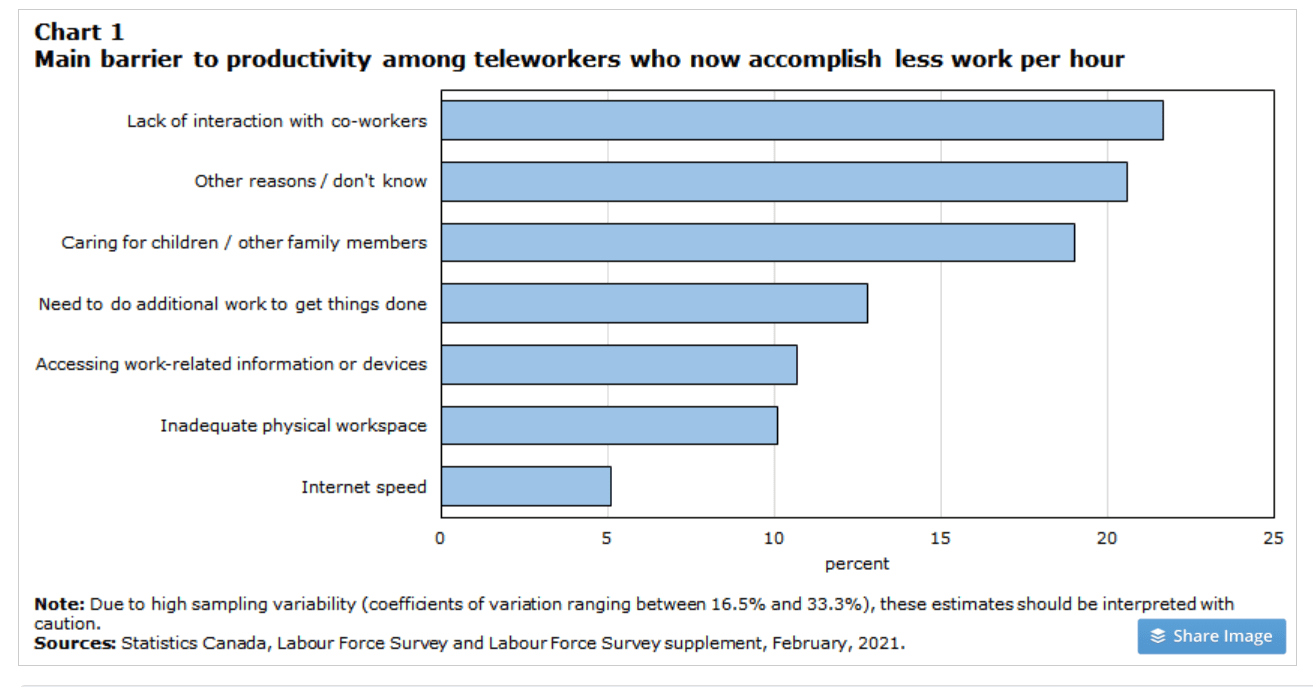With the normalization of hybrid and decentralized work, managers are faced with new challenges. Ever-evolving circumstances are constantly causing disruptions to the management of traditional project workflows.
Even though the majority of employees feel comfortable and have adapted successfully to remote work situations, management still faces a slew of new challenges. For example, a survey of global HR leaders regarding remote workers found that one of their top concerns was employees’ overall wellbeing, with additional concerns over employee engagement, ensuring productivity, and feeling connected.
How can leaders continue to deliver performance? What divergent approaches are required for managing remote employees?
Here are some high-level tips to help managers increase efficiency and productivity, provide a better work-life balance, develop stronger communications, and build a healthy remote culture.
5 Tips for Managing Remote Employees and Teams
1. Set Clear Expectations
The first key to increasing efficiency for employees working from home is to set clear expectations.
Be precise about each team member’s responsibilities and expectations for their monthly, weekly, or daily deliverables. It’s hard to work efficiently when you’re not sure what you’re supposed to be doing. As Yogi Berra might have said, “If you don’t know where you’re going, you might not get there.”
Organizations that have been doing remote work for the longest generally share one thing in common: exceptional organization and a deep alignment on objectives.
Having a structured system, such as a company-wide OKR approach, helps balance employee autonomy and group responsibility. The process will also allow everyone on the team to know exactly what management expects from them.
2. Encourage Flexibility and Structure
Many companies and industries have moved on from the rigor of a 9-5 philosophy. When collaborating virtually, it’s important to allow for flexible hours and be open to adjusting strategies or timelines as needed.
Increase flexibility to maintain consistency – It’s not an oxymoron.
For many, the flexibility of going to pick up their kids after work, getting a workout in during lunch, or working earlier in the mornings is not only a perk but a productivity boon.
A balanced approach to scheduling workflows includes a degree of structure. One common denominator in successful hybrid or remote teams is having concrete office hours that specific teams (or the entire company) are expected to keep. These sync-ups may take the form of daily calls or weekly catchups. It’s a time when everyone is expected to be online – to encourage serendipitous conversation and brainstorming.
The remote-first structure means shifting mindsets from “putting in the time” to “getting the job done”.
3. Communication and Availability
According to reports by Stats Canada, the number one barrier to work-from-home productivity is a lack of interaction with coworkers. There is no “can I ask you a quick question?” in passing conversation.
Remedying this potential disconnect is a tremendous responsibility for leaders managing remote employees, who must ensure teams are fully engaged and sharing knowledge.
Access to the right tools is essential for companies with employees spread out across different time zones and regions. Choosing the most effective collaboration platforms and creativity tools to spur fluid communication is a good start. For example, ReviewStudio keeps teams in sync by streamlining creative workflows, reviews, and approvals. Or look at using whiteboarding apps to address visual communication.
And, of course, using Slack (or Teams – if that’s your thing) to reduce the amount of communication done through email.
4. Team Building
A big reason that some remote workers struggle with efficient habits at home is a sense of isolation – especially from their coworkers. Remote work has increased levels of isolation and loneliness.
Working from different locations can make it hard for managers to observe these symptoms. However, management can take preemptive action against emotional stresses by planning casual (non-work-related) video chats or encouraging in-person meetings or activities when possible.
Team building activities combined with strong communication can help limit feelings of isolation, contributing to mental health concerns, stress, and burnout. Connecting on a personal and professional level is essential for an enriched and rewarding work experience.
5. Clocking Out for Work-Life Balance
Working remotely often creates blurred lines between work-life and home-life. Where does the workday end and personal time begin? Unfortunately, creating and enforcing those boundaries is often easier said than done.
Where there used to be a physical boundary, the slippery slope of “the office is everywhere” is now very steep. With no boundaries (living under a shared roof, potentially in a small space), the dual realities of the personal and the professional are constantly battling each other.
Of employees reporting a decrease in productivity when working from home, nearly 20% of that decrease was attributed to caring for family or children (only behind a lack of interaction with coworkers).
To limit burnout, managers must encourage a clear separation. If boundaries lead to higher efficiency and happier employees, then managers should insist employees not be working at certain times. Leadership should go to extra lengths to discourage around-the-clock availability. Managers should take notes from workplaces in Belgium, where they introduced a 4-day work week and the right for employees to ignore their bosses outside of those hours.
Increasing Efficiency for Employees Working From Home
Remote work has become routine for companies of all sizes. Now, leaders managing remote employees are faced with both the benefits and the challenges of overseeing virtual teams working from afar.
Tips to remember for effectively managing employees working from home:
- Set clear expectations
- Allow flexible schedules
- Identify and address communication issues
- Maintain regular communication
- Be available and present
- Provide the right tools
- Set boundaries for a healthy work-life balance
- Plan regular team-building activities and exercises
A recent poll on Pulse of HR found that some of the top solutions included providing stress management tools, flexible schedules, giving employees time to recharge, and maintaining thoughtful communication.
For team leaders accustomed to working in-office, the shift to managing a team remotely can be challenging. However, with companies of all sizes adopting hybrid work models, adapting to new management methods is a must.









